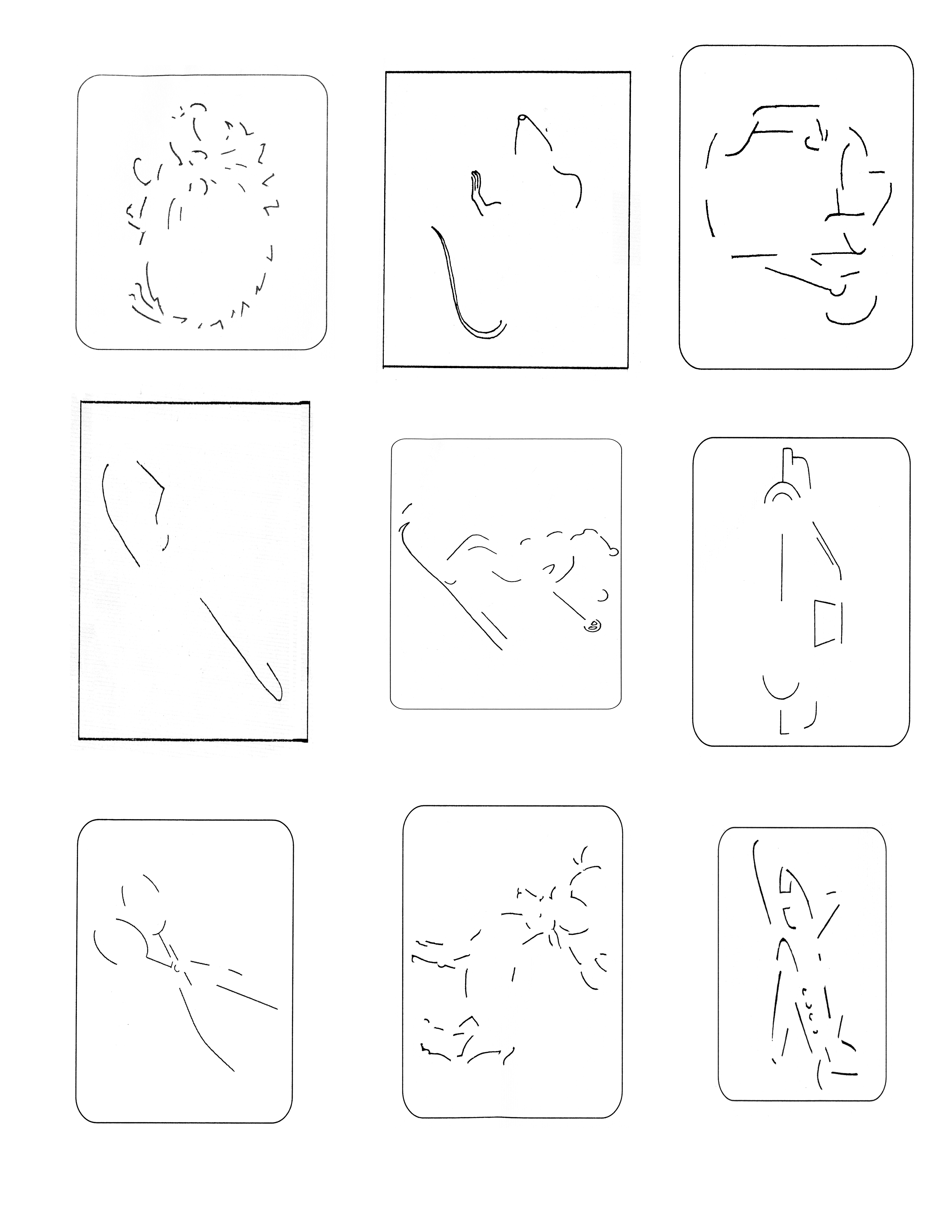Main Menu
Metodika Nezakonchennie Risunki Tihomirovoj
понедельник 05 ноября admin 62
Imperatorskoe Obshhestvo Pooshhreniya Hudozhestv. 4-yj Hudozhestvennyj Aukcion.Kartiny, akvareli, risunki, gravjury i litografii staryh masterov, russkij i inostrannyj farfor./ Imperial Society Encouragement Arts. 4-first Art Auction.Pictures, watercolors, figures, prints and lithography old masters, Russian and foreign porcelain., 2011, Leningrad. The Russian Imperial jewelers that time forgot. Irina Osipova, special to RBTH. When it comes to jewelers of the Russian Imperial court, the first name to be mentioned is of course Faberge, which.
A favorite of three Russian empresses, Pauzie is renowned for making the grand Imperial crown for the coronation of Catherine the Great in 1762. The same crown, which was used for all subsequent Russian monarchs, has two hemispheres that symbolize the union of East and West. It is decorated with 4,936 Indian diamonds with a combined weight of 2,858 carats, as well as with 75 pearls and a large spinel.
Despite this, it is not that heavy, at just under 2 kilos, and took only two months to manufacture. Pauzie was a master gemcutter. His skills were particularly strong when it came to diamonds, which was something highly treasured by his powerful patronesses - Empress Anna, Empress Elizabeth, and Catherine the Great. During their reign the royal court literally glittered with diamonds. Pauzie wrote in his memoirs that 'the ladies-in-waiting wear incredible amounts of diamonds,' and that 'even in their private lives they never go anywhere without first decorating themselves with jewels.' Legend has it that Swiss-born Pauzier and his father came to St.
Petersburg on foot thanks to an invitation from a relative who was a surgeon with the court of Peter the Great. The father passed away shortly afterward, however, and the boy was taken as an apprentice by the French diamond-cutting master, Benedict Gravero. By the age of 21 Pauzie already had a diamond-cutting business of his own, and this workshop went on to serve Russia's royal court and aristocracy for a quarter of a century. Apart from diamond-studded snuffboxes, clasps, brooches, state awards, and pins for court ladies' headdresses, Pauzie manufactured less expensive decorations for those of more modest means. Such `gems' would actually be made of cut glass of various colors, but they were so masterfully done that nobody at court noticed the difference. The Bolins are one of the oldest jewelry dynasties, founded in St. Petersburg by Andrey Rempler in 1796.
Tipovoj proekt dimovoj tribe koteljnoj. How To Inseminate. Vaginal inseminations can be done with washed (IUI) or raw (ICI) vials. We will ship vials to your home. Retrieving and thawing the vials.
Icr touch software free download pc. PocketTouch collates and prints all the information you’ll need, including names of waiting staff, order time, table number and special instructions. PocketTouch prints.
A native of Saxony, Rempler became court jeweler to two Russian emperors, Paul I and Alexander I, and his business was continued by sons-in-law, Ernst Jan of Germany and Karl Eduard Bolin of Sweden. To this day the company bears the name of the latter.
The story goes like this: shortly before the revolution of 1917 Vasily Bolin, one of Karl Eduard's descendants, took examples and drawings of the firm's works and went to Germany in order to open a branch in the resort town of Bad Hohenburg, where European nobility often relaxed. The Bolins were renowned for their exquisite and fairly expensive jewelry, and in 1870 the company won an award at the national exhibition, 'for the absolute immaculacy of work, the artful selection of gems, and the elegance of drawings throughout the firm's long history.'
